
I have found one of the toughest things for my students who stutter to do is monitor their speech for disfluencies, especially if they are mild. Not catching these moments causes missed opportunities to practice fluency strategies. So last week I tried something new. Using interesting articles from Wonderopolis ( I did a post on here if you want to know more ) and some paint dobbers we worked on catching those moments of stuttering.
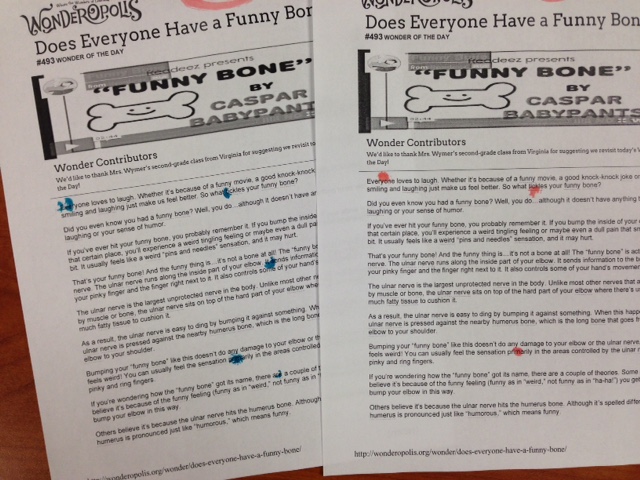
We used two copies of the same article, on for me and one for the student. As he read, I would mark moments of stuttering and so would they, then we would compare. Were they the same? Did I have more marks or did he? After the student had finished the article and we compared them, we talked about the differences we saw. Why did I have more ‘catches’ than him? Sometimes my student didn’t feel like what I perceived as a stutter was truly a stutter to them, so he didn’t mark it. To me that showed some desensitization, which was good. It also gave me insight into what they felt was a truly stuttering and if they were listening to their body for stuttering cues ( tension in the throat, etc ).
Do you have any tips for working on self-monitoring in fluency?

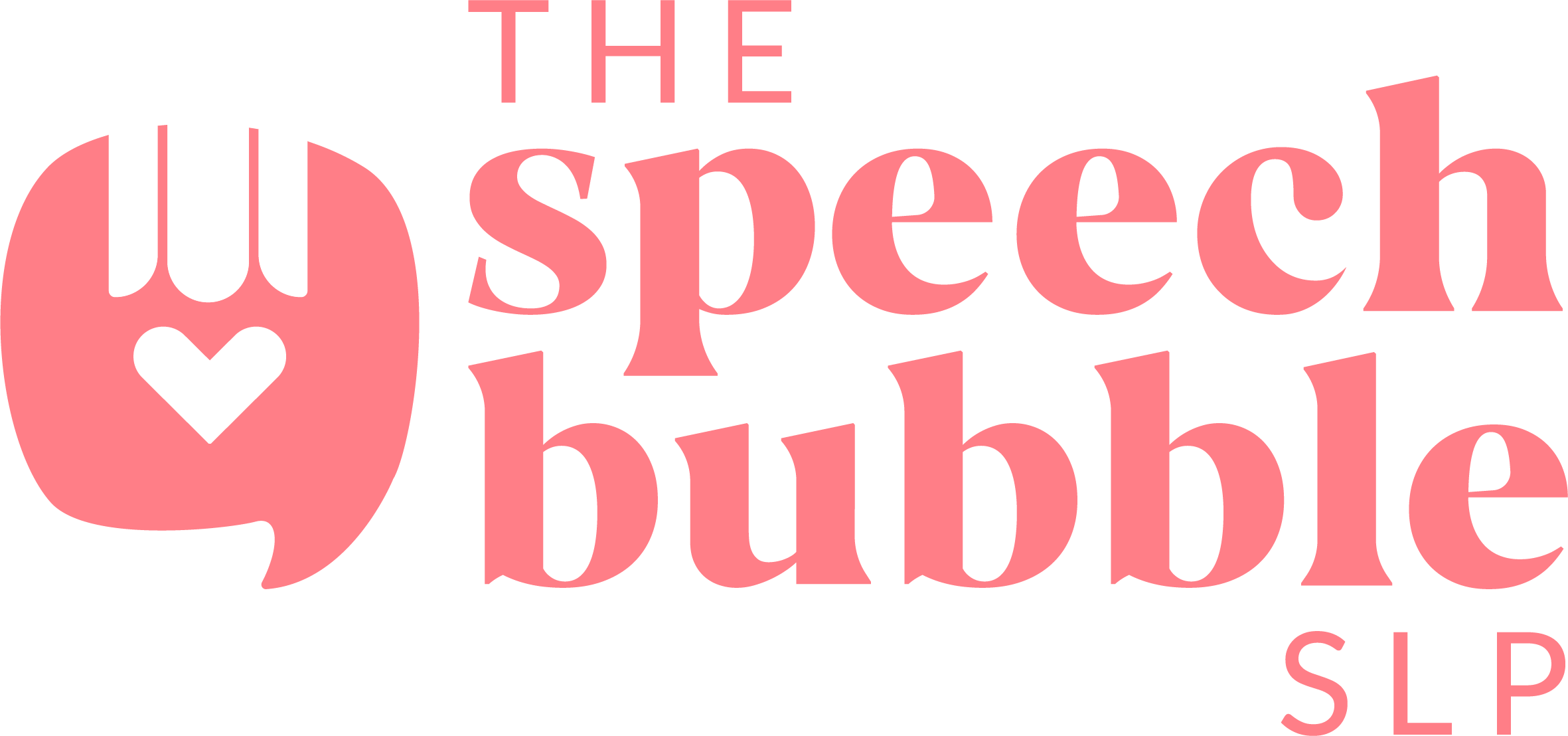



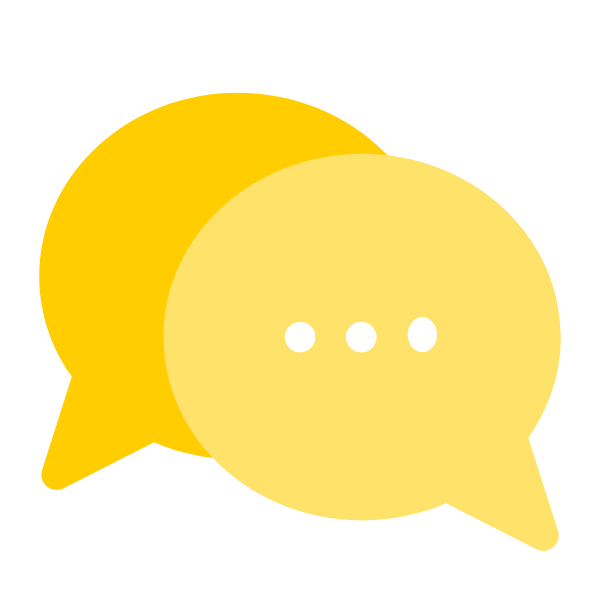


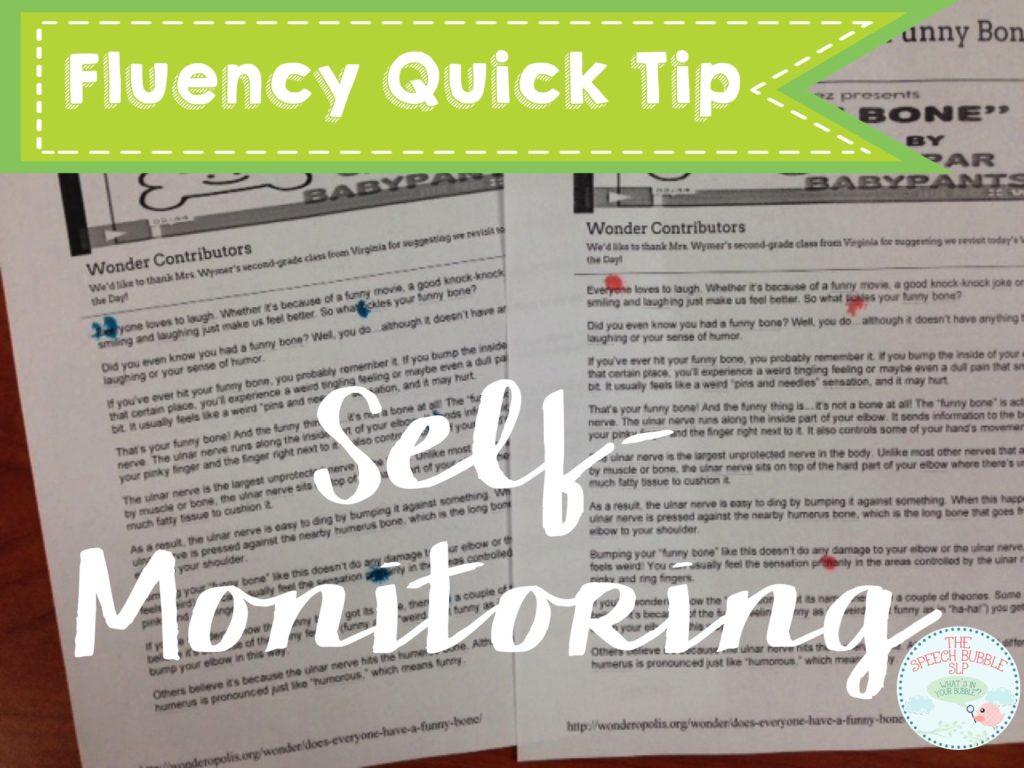
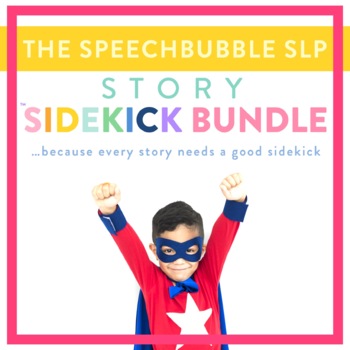
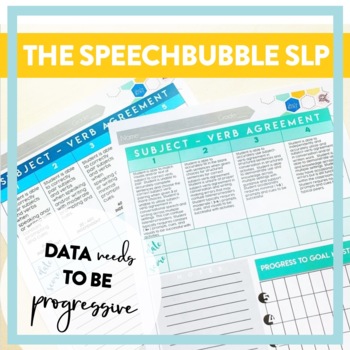
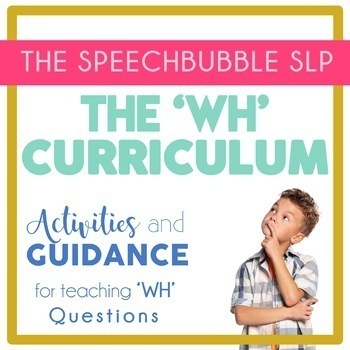


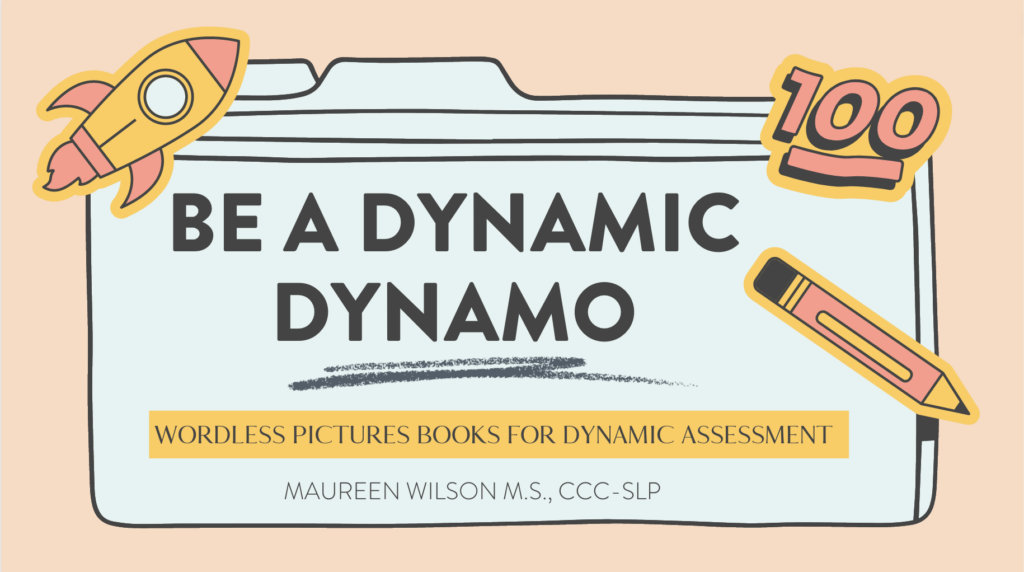
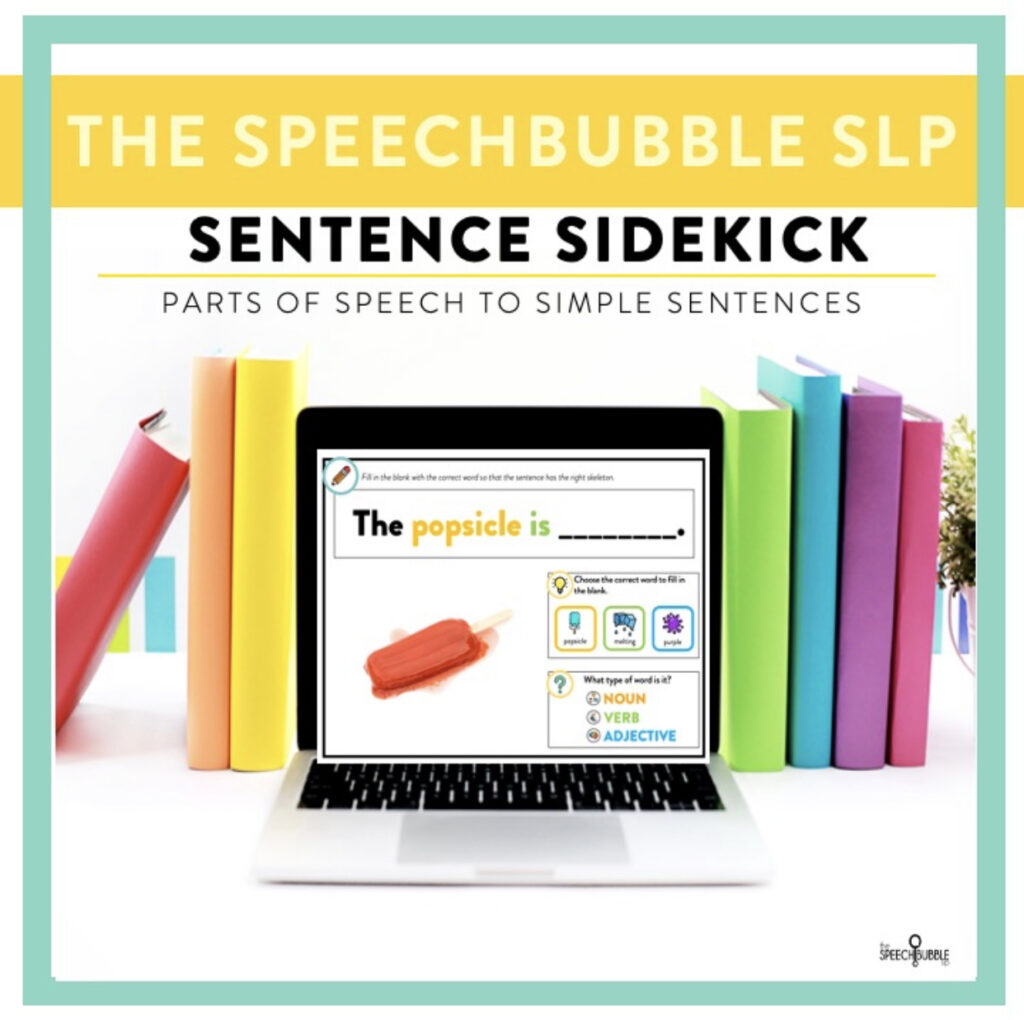

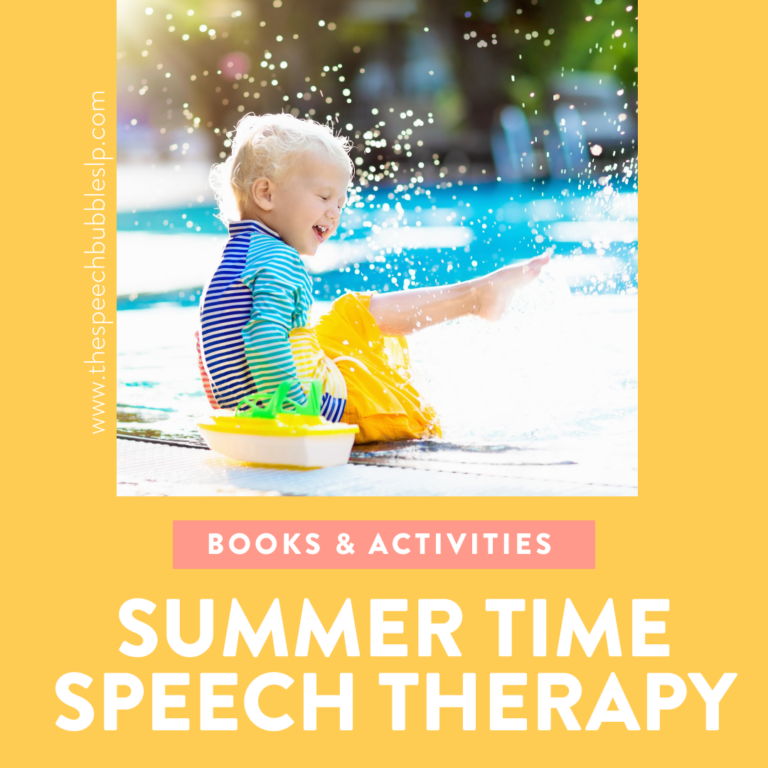

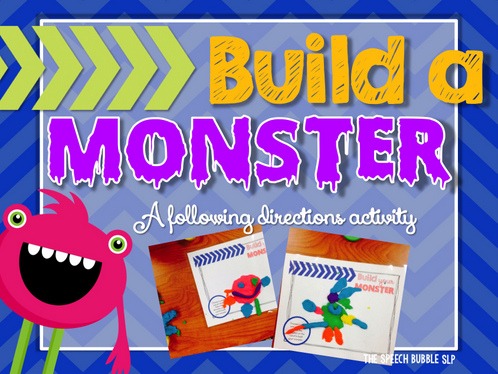

2 Responses
Great tip! I wonder if it would also work with articulation?
Great idea and timely as I just had that EXACT scenario today!! I was counting and my students didn’t perceive any dysfluencies!